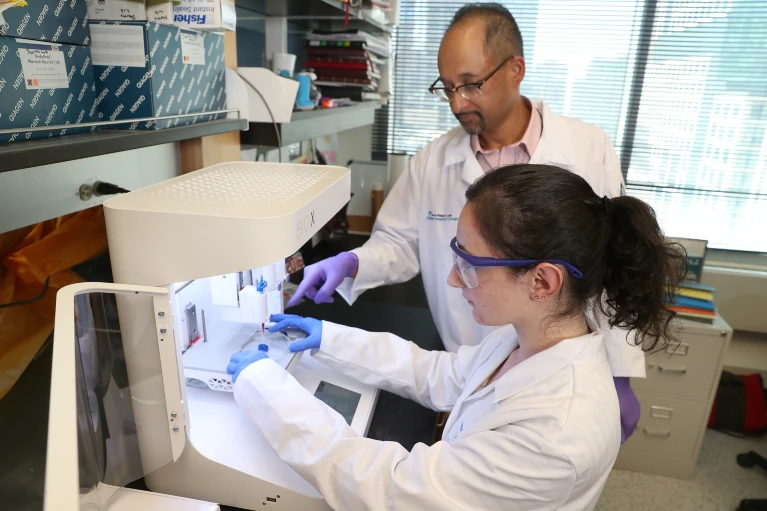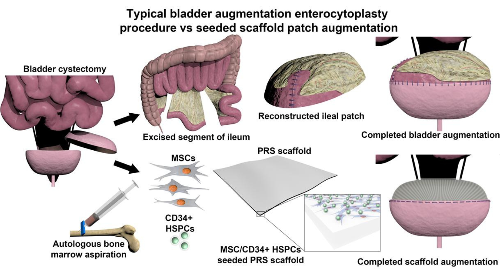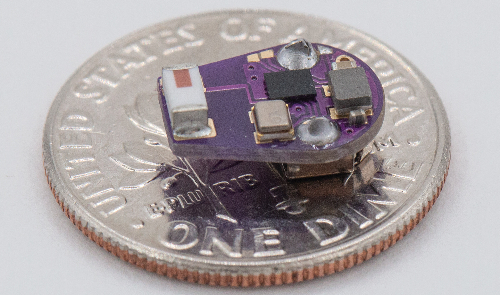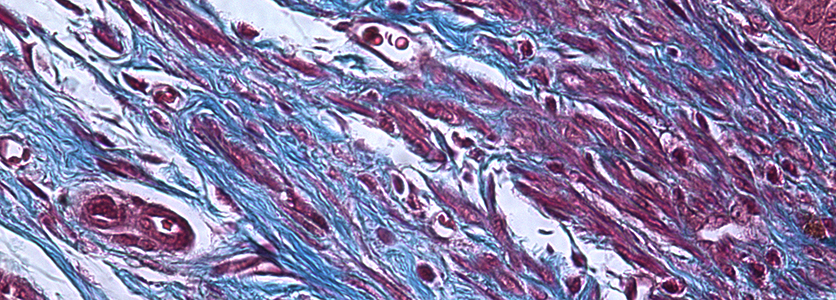Becca was born with bladder exstrophy, a rare congenital condition where the urinary bladder develops open and outside of the abdominal wall. Just 19 hours after her birth, a pediatric urologist at Children’s Memorial Hospital (now Ann & Robert H. Lurie Children’s Hospital of Chicago) repaired her bladder and closed her abdominal wall.
Approximately half of patients with exstrophy will also require bladder augmentation enterocystoplasty — a major surgery that enlarges the bladder so it can store more urine and reduce internal pressures to prevent kidney damage. Babies born with other conditions, such as spina bifida, also typically undergo this complex procedure.
“There are numerous short and long-term complications associated with this surgery, including bladder perforation and metabolic imbalances. Unfortunately, there’s currently no clinical alternative,” says biomedical engineer Arun Sharma, who directs pediatric urological regenerative medicine at Lurie Children’s, and surgical research at the Stanley Manne Children’s Research Institute.






